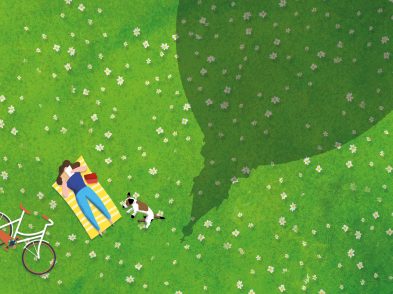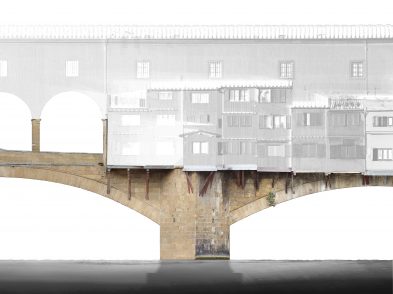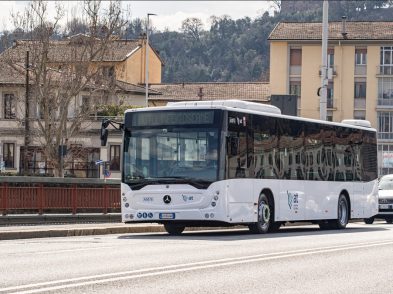There’s something innately inspiring about Coverciano: the light breeze, rolling hills and silver-green countryside. This is the setting where Italy’s victorious Euro 2020 squad trained at every stage of the tournament under the watchful eye of Roberto Mancini. Nestled beside the Florentine hills that lead up to Fiesole and Settignano, it would be fair to say that the Centro Tecnico Federale di Coverciano is where Italy’s football team really won the UEFA Euro 2020.
It’s a quiet day at Coverciano when The Florentine visited Florence’s footballing HQ before the summer break.

“This is the home of the Italian national team, so we’re hugely proud to have given all our support to achieve Italy’s success at the Euros. There was something in the air, something positive, which made us work even harder,” explains director Maurizio Francini. “The feeling here was happy and upbeat, with a genuine willingness to work by everyone, not just our champions, but the technical staff, plus the cleaners and the gardeners.”

But what’s the secret behind the victory? “First and foremost, this centre has won two World Cups (1982 and 2006) and two European Championships (1968 and 2021). An enormous amount of work went into these successes. There are the facilities—the football fields, the classrooms, changing rooms—and then there’s all the work that the squad does. We facilitate their efforts to make things as straightforward as possible for them. The way the centre is organized guarantees teamwork. They sleep here, play a game of ping pong, do their training, and eat lunch and dinner together too.”
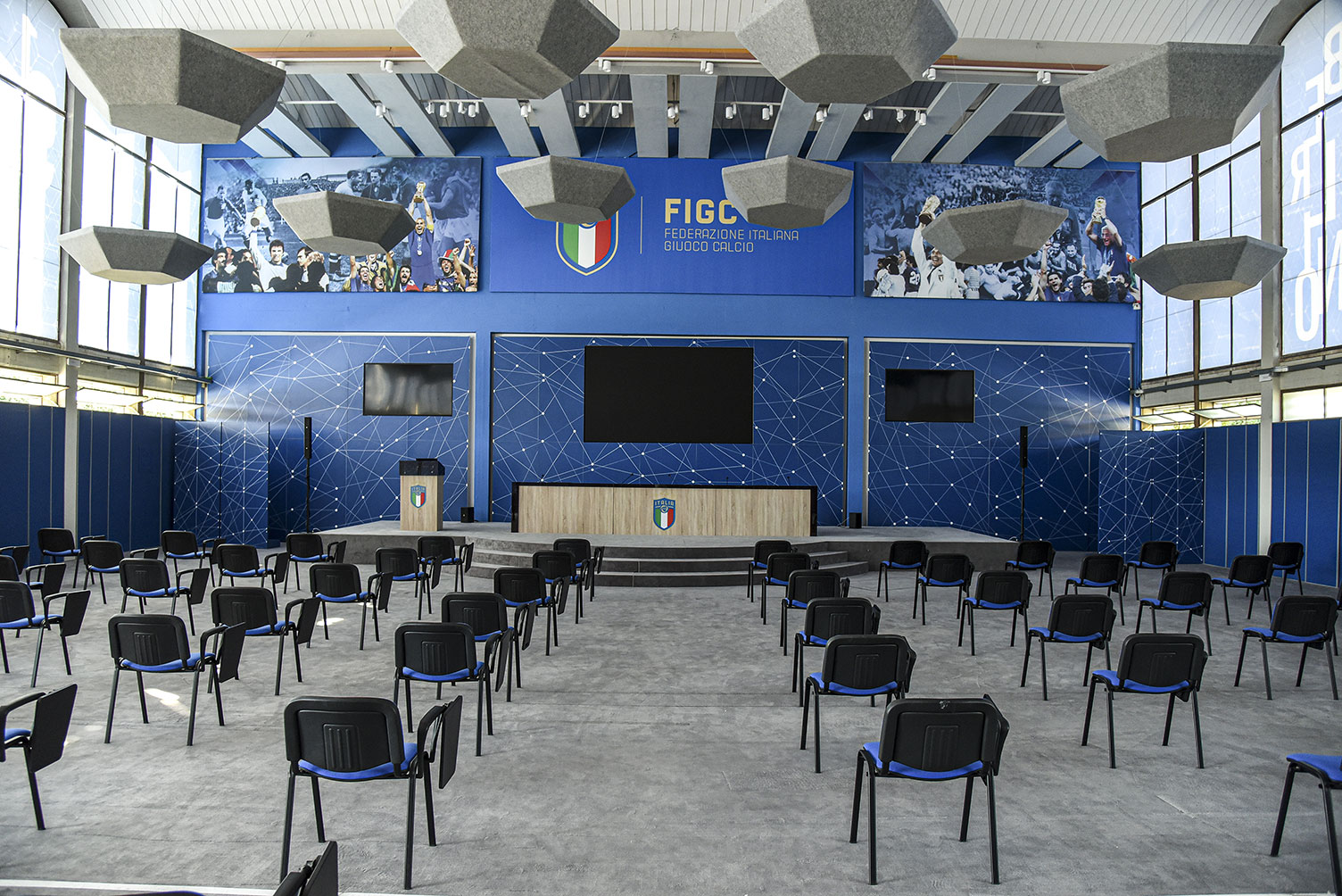
Named after Florentine marquis, politician and war hero Luigi Ridolfi, vice-president of the Italian football federation and the man behind the Artemio Franchi stadium, who masterminded the centre’s construction, the CTF is now home to the technical division of the Italian Football Federation (FIGC), the Italian Association of Football Managers (AIAC) and the Florentine chapter of the Italian Referees Association (AIA).
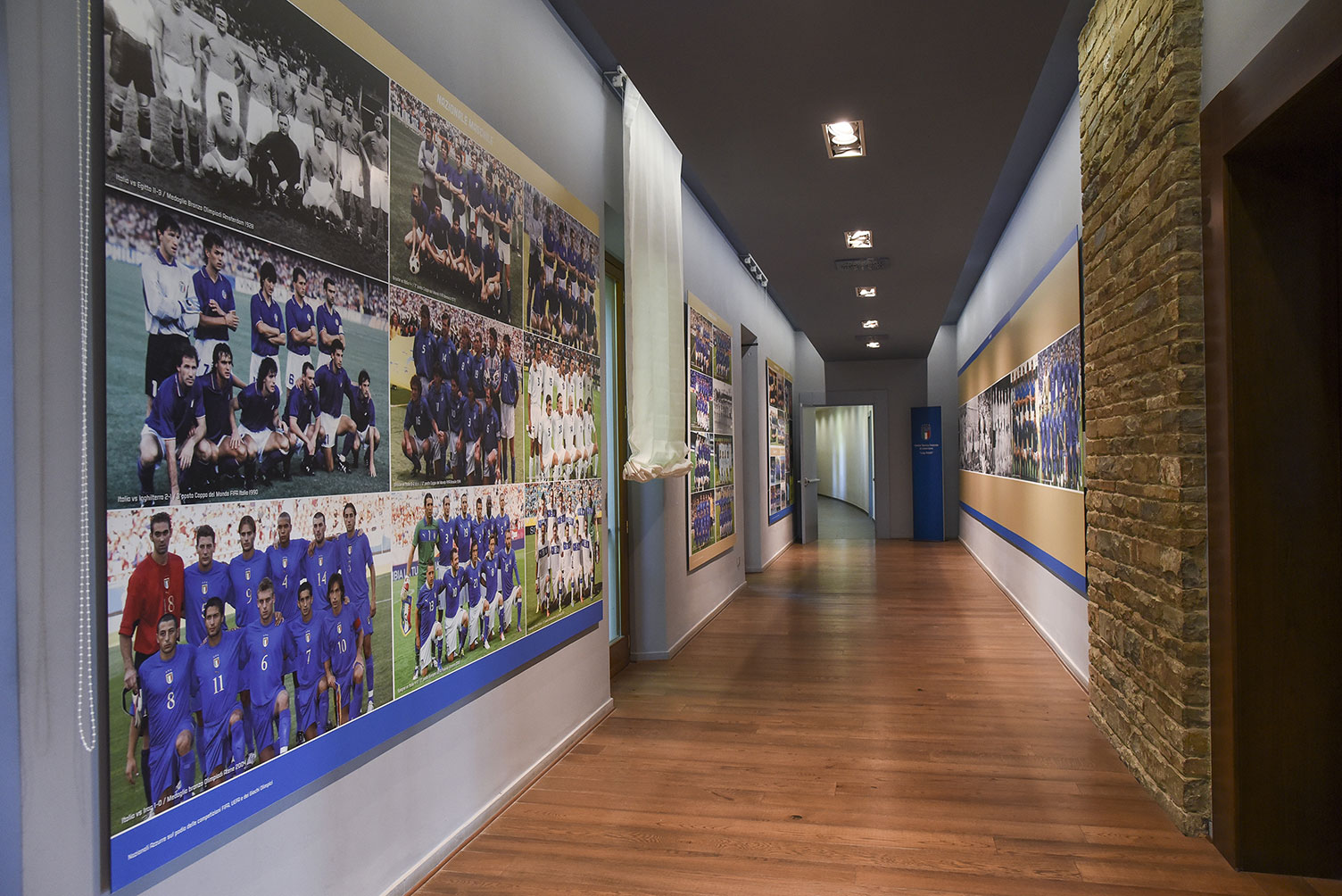
But the centre’s main claim to fame is as the training ground for the Azzurri. On June 1, the 28 players chosen to be part of Roberto Mancini’s squad gathered at Coverciano. Not that there was much secrecy to the proceedings: Florentines living along viale Verga on the south side of the complex had a clear view of the training sessions as, unlike previous coaches, the manager decided not to raise the nets to obscure the line of sight.
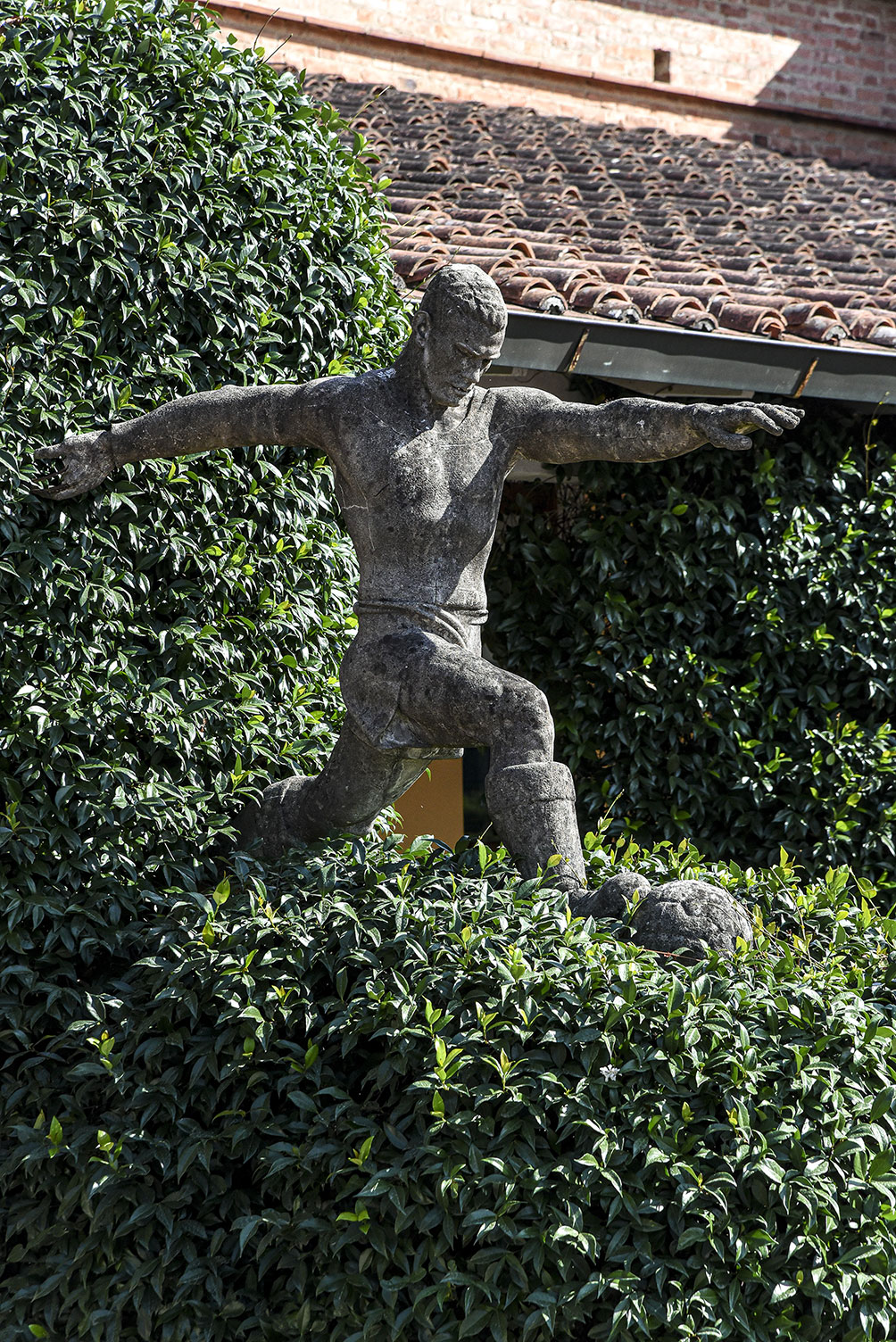
Our tour of the facilities begins, like most places in Italy, at the coffee shop, where toned men and women dressed in the distinctive blue shirt of the Italy team stop for a quick espresso between training sessions to become future football managers. There’s no better place to gain professional soccer expertise than Coverciano, which was the first of its kind anywhere in the world when it opened on November 6, 1958. Often referred to as the “University of Football”, it’s a training ground not only for players (men, women and the youth teams), but for all those wishing to work in professional football. We walk past inspiring images displaying Italy’s footballing prowess and into the auditorium, where work is underway to dismantle the impressive press room, which was set up to centralize and facilitate communications during the European Championships. Mario Moschi’s statue of The Footballer points under the Pompeii red and yellow porticoes of the medical wing as we emerge on Field 1 with its perfectly manicured grass surrounded by an all-weather athletics track that looks so inviting we almost start jogging.
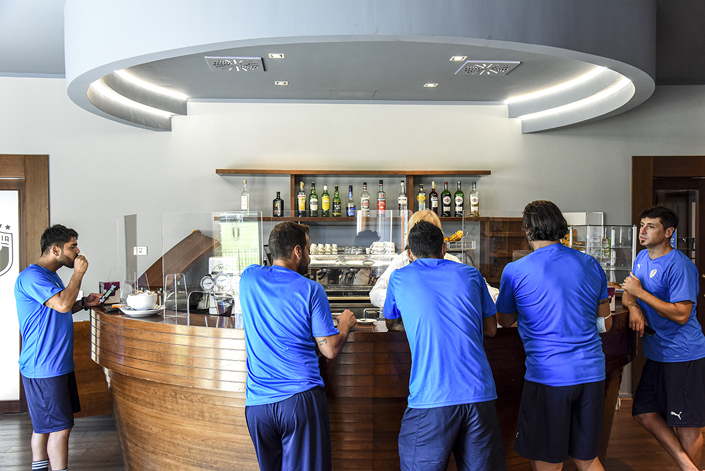
Coverciano boasts four regulation-sized football fields (1 and 3 are the ones used by the men’s national team), a nine-a-side and five-a-side football field. There’s also a state-of-the-art gym decked out with top Italian Technogym equipment from Emilia Romagna, motivational motto “History is on us. The future is now” and stirring photos of World Cup-winning goalkeepers Dino Zoff and Gigi Buffon. Over on Field Two, named after Enzo Bearzot, who led Italy to victory in the 1982 FIFA World Cup, following Italy’s win over the Czech Republic in a friendly on June 4, the reserve team played against the youth team, which the under 20s won in a show of confidence for the future of the national side.
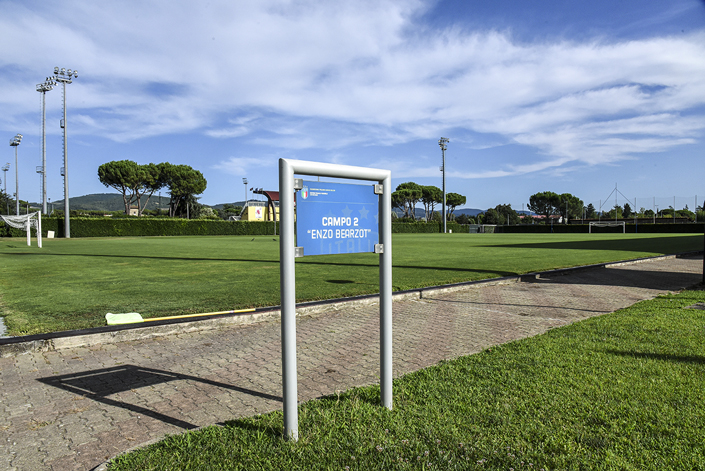
Italy’s recent victory in Europe has resulted in an uptick in visitors to Florence’s Football Museum, primarily due to the newly added room showing seven shirts worn by seven players—Jorgihno, Barella, Acerbi, Donnarumma, Chiesa, Belotti and Berardi—from the seven matches leading to the Euro 2020 victory at Wembley. Families from the US, Spain, Belgium and the like are including the calcio cultural spot to marvel at the recently added seven shirts from the seven UEFA Euro 2020 games. “It was an amazing win for the Azzurri,” an Italian originally from Matera, who now lives in New York, commented in front of Gianluigi Donnarumma’s “21” shirt. “We’d planned a trip to Florence with a visit to the Football Museum so that we could celebrate Roberto Mancini’s incredible team.” Hopes are high that the European Cup will soon take permanent pride of place in these halls—it was shown from September 3 to 5, 10am-6pm, with subsequent dates to be announced. (Find out more by calling +39 055 600526 or emailing info@museodelcalcio.it).
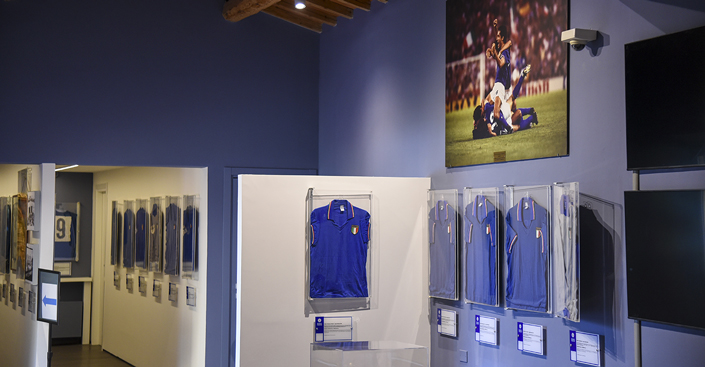
A pillar of quality and professionalism for nearly 70 years, the centre refuses to rest on its laurels: the changing rooms and 54-room accommodation block have been upgraded before the men’s national team returned this September for the World Cup qualifications.
The Football Museum (viale Aldo Palazzeschi 20, Florence) is open daily 10am to 6pm: www.figc.it/en/museum.
Find out more about the Centro Tecnico Federale di Coverciano at www.figc.it.




